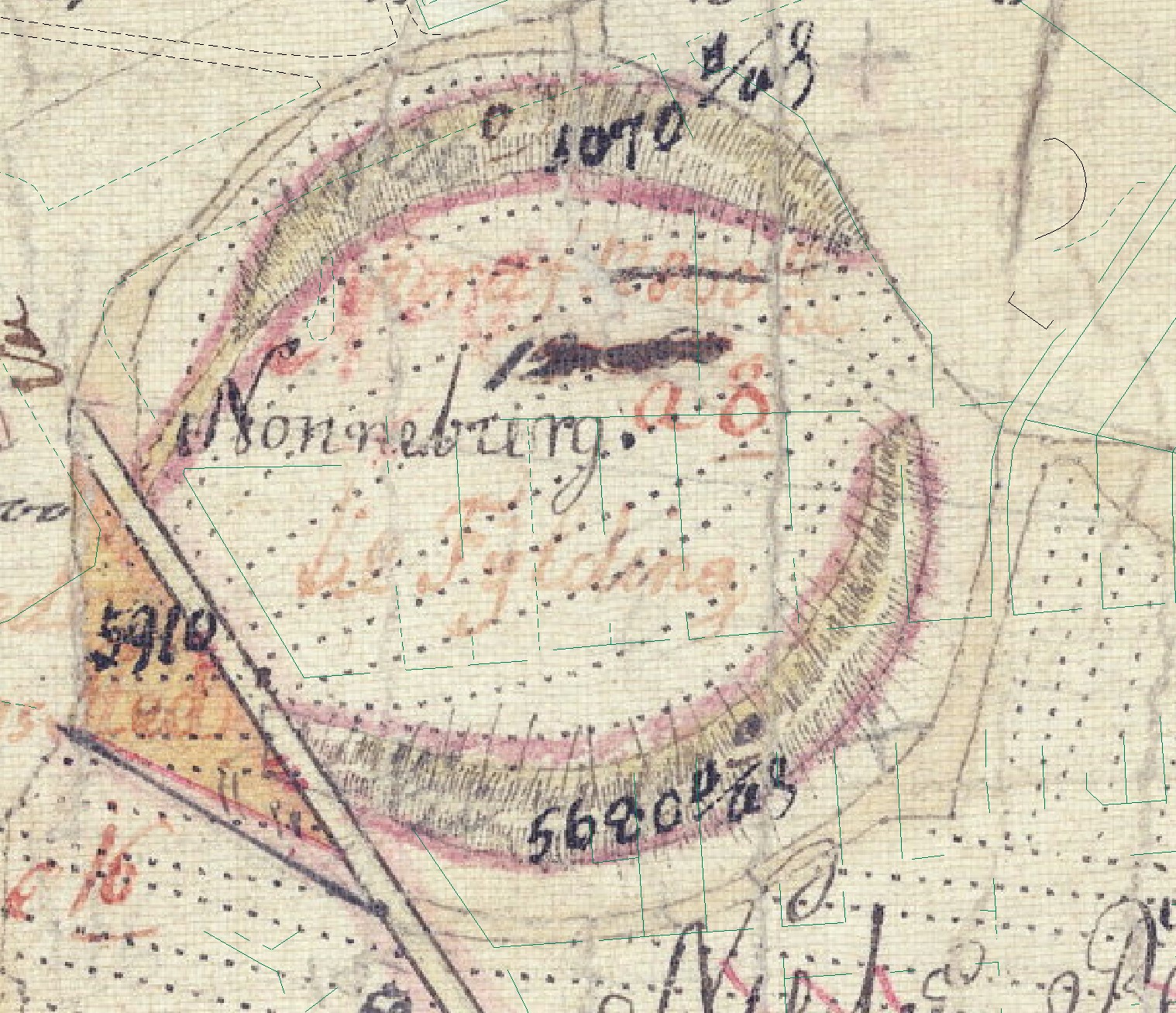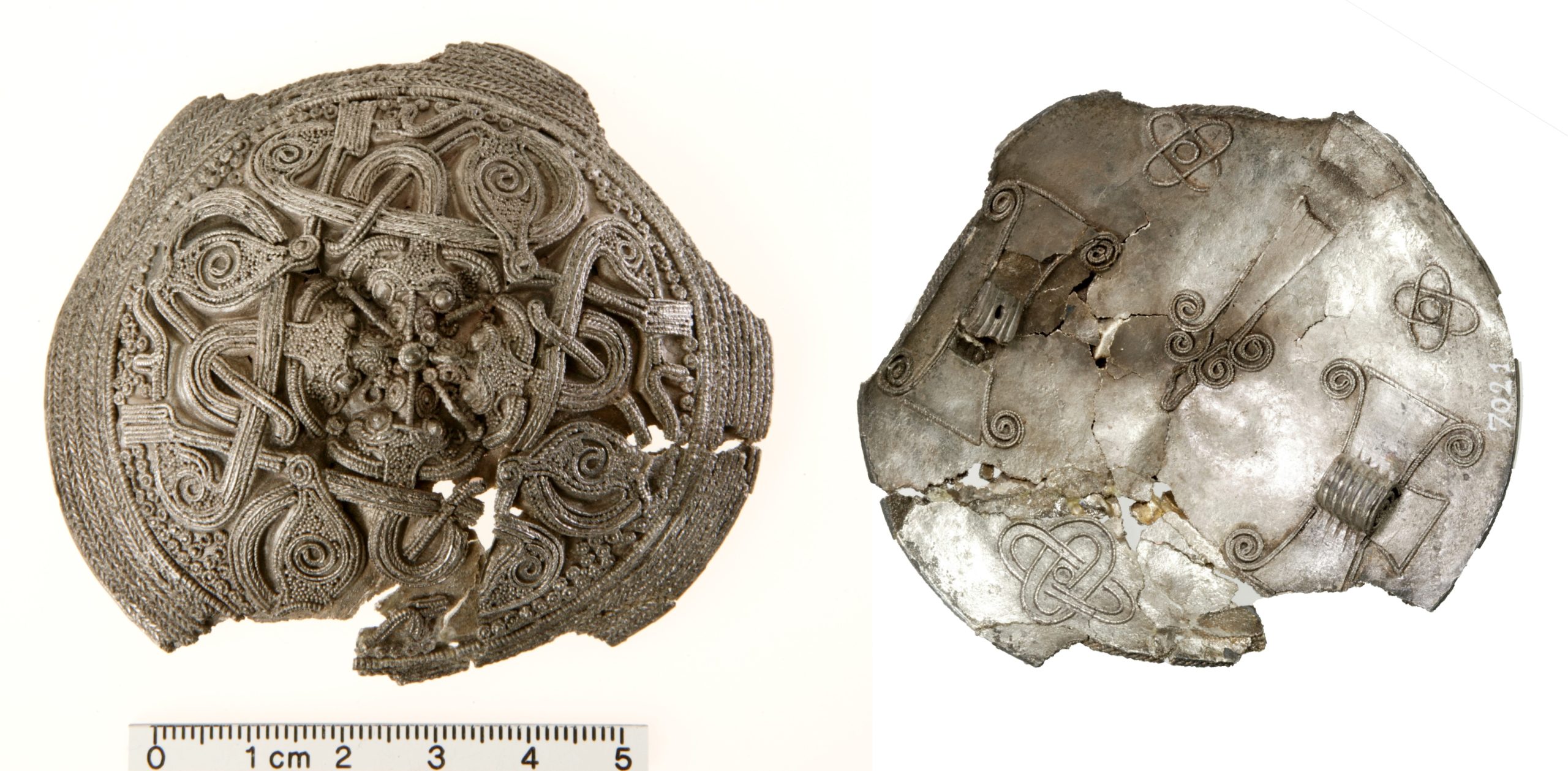With its central role in the formation of the Danish kingdom and its physical size, the Viking ring fortress Nonnebakken is one of Odense’s largest and most significant ancient monuments. This has led to the fortress, together with four other contemporary Danish ring fortresses, being part of a joint application to be included as a UNESCO World Heritage Site. Read more about Nonnebakken and the application here (in Danish).
Today, Nonnebakken is hidden underground and below modern buildings yet, for hundreds of years, interesting finds and observations have been made that have gradually revealed the significance of the site in the Viking-Age. In recent years, a number of research excavations and studies with geo-radar have provided a wealth of new knowledge (for a summary in Danish see the article Vikingeborgen Nonnebakken i Odense)
This research project will pull together the threads of evidence from past studies and place Nonnebakken into its proper context alongside the other ring fortresses and, not least, Odense’s earliest history.

A diachronic case study of the ring fortress’ regional context
The ring fortresses of the Viking Age were important instruments in Harald Bluetooth’s unification of the kingdom. The fortresses are often perceived as distinct, short-lived, and detached from existing powers. But through new analyses of Nonnebakken and parallels with international studies, the idea of a break between previous and contemporary structures can be nuanced. This case study will therefore focus on the historical development of the fortresses in which the regional variations are addressed as well as uniform aspects. Nonnebakken is well suited for this purpose, as new research indicates that it is the only one of the ring fortresses to be located close to a contemporary city. This, along with the fact that it is located in a well-defined study area such as Funen, means that a real attempt can be made to investigate the fortress’ relationship with other power structures on the island.
Based on mapping and analysis of geological, archeological and historical sources for the fortress’ history, as well as Funen’s other power structures from the Late Iron Age to the Early Middle Ages, the project will answer: 1) Which power structures do Nonnebakken replace? 2) How does the fortress relate to other contemporary power structures? 3) What effect does Nonnebakken have on later power relations within the region? The study is put within the context of Harald’s other ring fortresses.
The output is a peer-reviewed monograph with a joint presentation of Nonnebakken and the synthesis part of the project. The synthesis part is also presented in an English-language, peer-reviewed article. The project will additionally be disseminated on a broad-spectrum.
The project is led by research centre manager Mads Runge, supported by the Ministry of Culture’s Research Funds, and is carried out in collaboration with Catherine Jessen, Ph.D., a geologist/environmental archaeologist and senior researcher at the National Museum. Other employees from Odense City Museums and the National Museum are also involved.
